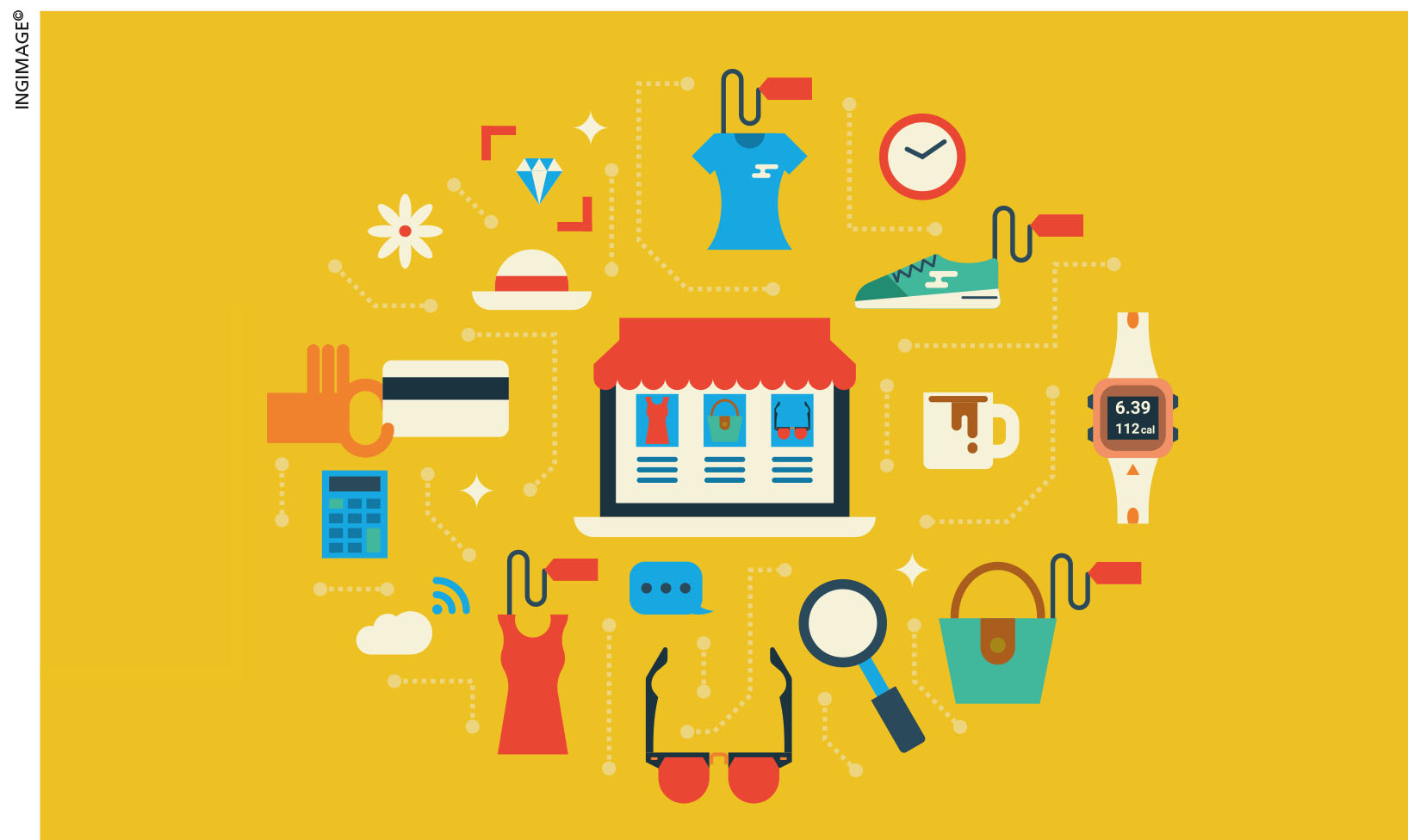MULTICHANNEL RETAILING
LOYALTY DOESN’T COME EASY
Dr. Muneer Muhamed describes how omni-channel retail helps build loyalty
Bizarre valuations in ‘e-tailing’ are taking the world by surprise. Globally, copycats of Amazon.com (albeit with no innovation drive) are amassing wealth for their founders through the game of scaling up.
The omni-channel retailer – a master of bricks, clicks and flips – is the latest trend with physical stores, online shopping and catalogues integrated into a seamless entity.
This commercial paragon is bracing for a future that will see more contact opportunities such as interactive kiosks, personal digital assistants, wireless phones, and yet to be invented technologies using IoT and AI.
And in Sri Lanka, all of the above must coexist, given the nation’s contradictions and diversity.
The pure play ‘e-retailer’ has become a team player – one of several contact channels available between the merchant and customer. There’s only one customer who may or may not be an omni-channel shopper. While there are endless and exciting opportunities for multichannel retailers, a host of questions must be answered to prosper in this new environment.
Do you maintain disparate data silos organised by channel that make it impossible to craft a clear view of the total customer relationship? Can you go beyond measuring customer spending by channel, and track the impact of marketing campaigns across multiple channels by calculating customer value and ROI? Are some of your best customers invisible to your database if they choose to pay with cash? And are you creating a trusting relationship with customers while initiating a dialogue that offers more valuable insights than a transactional dataset?
E-retailers tend to struggle with answers to these questions.
Multichannel retailers may bridge the gap in this new environment through a well designed and executed loyalty programme; and this can go a long way in identifying the best customers regardless of channel, developing a stronger customer database and encouraging them to spend more. Retailers also find it difficult to link a customer’s actions across multiple channels.
Early adopters of multichannel retailing have learned important lessons. For instance, introducing new channels to customers for the sake of technology doesn’t work. The first priority must be to understand customers, and determine their preferences in browsing, purchasing and after sales service.
To develop a loyalty programme that builds bridges between retail channels and expands knowledge about customers, retailers must first analyse what they expect to accomplish.
Define measurable objectives. Is the aim to encourage cross selling between channels or increase profitability in particular customer segments? What objectives can a loyalty programme meet and what are the possible new approaches?
Outline the desired customer behaviour. Is the goal to increase purchasing frequency or average sales in value terms? Or shift sales volume from one channel to another?
Profile current customer behaviour and build a channel strategy around them. For example, it would be foolish for a retailer to spend money developing a website if its customer base has limited computer access.
There’s no one right way to market through a single channel. But there is a proper way to market to customers across several channels, which is where a loyalty programme can help.
A successful programme assumes that all channels are included in the customer relationship, measurable objectives have been established and promises are kept.
With this foundation in place, a programme can offer certain features. A loyalty programme must be highly visible regardless of the channel. Meanwhile, a website can display special offers for programme members, a catalogue can feature the programme prominently and in store shoppers should be asked if they’d like to join.
To succeed, a loyalty programme must be easy to use. Minimise the fine print; the more customers have to figure out, the less chance there is of them embracing the programme. The balance between reward and recognition must establish value in the customer’s mind, and motivate incremental purchases. Programme rewards should be credited regardless of where the customer prefers to shop.
Keep the promises made in a loyalty programme. If it promises a personalised and highly valued service, don’t bombard participants with meaningless offers that are available to everyone.
Recent studies indicate that customers who shop through more than one channel – perhaps browsing online and buying in store; or reading a catalogue or leaflet and purchasing online – spend more with that retailer than single channel shoppers.
To coordinate marketing objectives across channels, build a knowledge base of customer behaviours and preferences. Retailers can’t afford to let legacy systems interfere with building this knowledge base.
So yes, a well conceived and executed loyalty programme can be the key to turning invisible shoppers into profitable customers.






Good article on loyalty programmes and customers. Close relationships and win-win situations improve business opportunities.
Wow! Very deeply researched articles, and very informative. We need many more of this kind of articles to update our knowledge.
Yes, a well-conceived and executed loyalty programme can be the key to turning invisible shoppers into profitable customers. Well thought out research.
Very insightful thoughts. Loyalty is something we find extremely difficult to get today. Customers are smarter and only look at getting a better or cheaper deal. And the numerous startups that are driving the number of customers don’t mind losing big money just to grab bigger valuations and possible exits. Long-term customer experience will win but in the long-term, everyone will be dead!